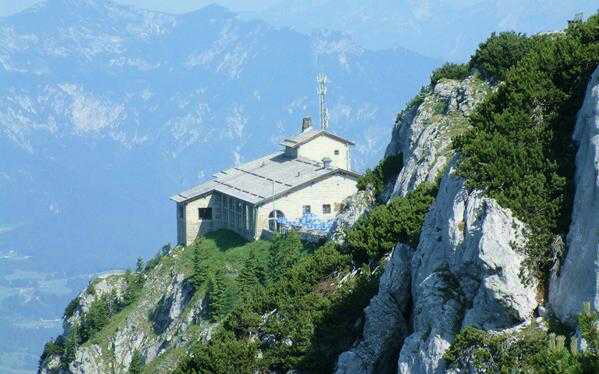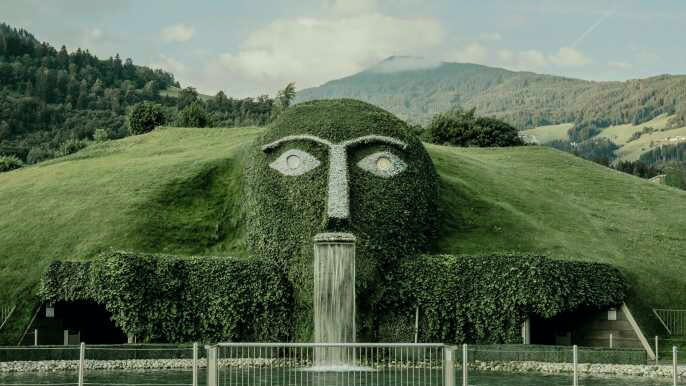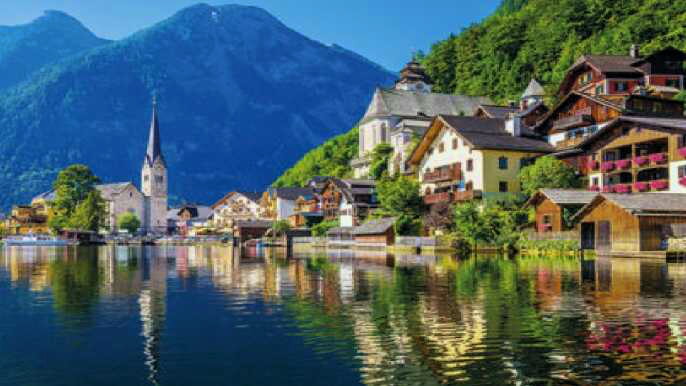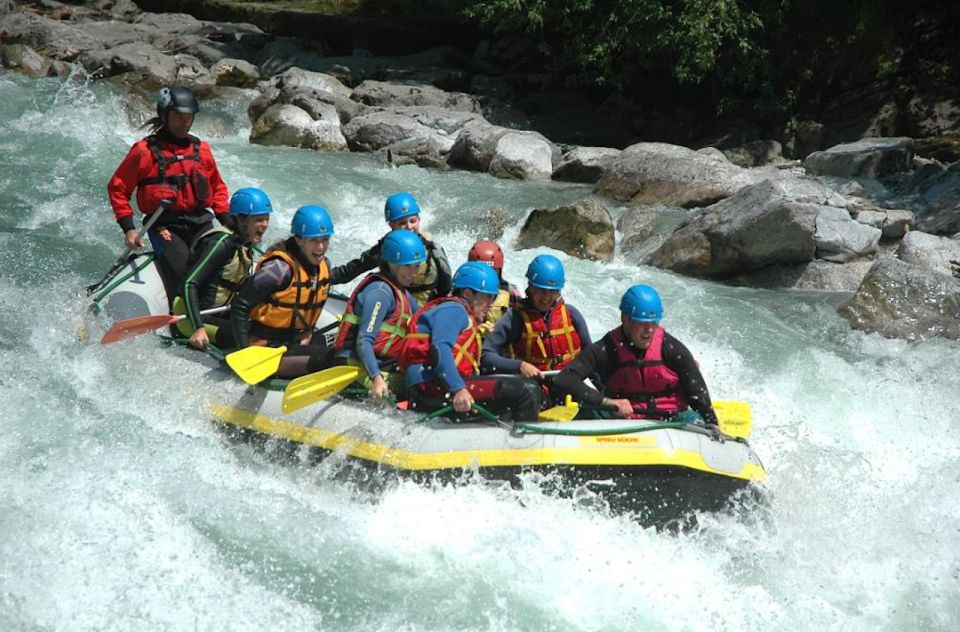Austria is a place of picturesque Alpine charm and rich opportunities for arts and culture. Its capital, Vienna, draws throngs of visitors from across the globe for its grandiose architecture and music-soaked atmosphere.
Its Ringstrasse is home to some of Austria’s most grandiose buildings, a must-see if you’re in the city. Take a tram ride along it to see the State Opera, Parliament and more.
1. Schonbrunn Palace
There are few places in Europe that can rival the opulent baroque splendor of Schonbrunn Palace. A must-visit for any traveler, this grand palace offers a unique insight into Austria’s rich history.
This massive palace and its gardens once served as a Habsburg summer residence. Its sweeping park and manicured gardens, as well as its many interesting artifacts, are a sight to behold.
You can also take part in a range of historical tours, which will teach you all about this iconic structure and its role in history. Alternatively, you can book a self-guided tour and explore at your own pace.
If you’re a fan of music, Schonbrunn Palace hosts regular concerts every day during the winter and spring months (April 2nd-19th). The concerts feature classical music by the Schoenbrunn Palace orchestra as well as international musicians.
2. Schafberg Mountain
If you want to get some serious 360-degree views of pristine alpine lakes and the Austrian mountains, then Schafberg Mountain is the place to go. It’s also a great place to hike and experience some of the most beautiful scenery in the country.
When the tourist craze hit Europe in the 19th century, the villages and towns around Lake Wolfgang took a leading role in developing the “Sommerfrische” or summer vacation. Originally, patrons would access the Schafbergspitze by stagecoach and rely on the services of “litter bearers.”
The cog railway, which started operation in 1892, remains the most popular way to reach the summit today. The trip takes around 35 minutes and is a perfect way to take in all of the stunning scenery.
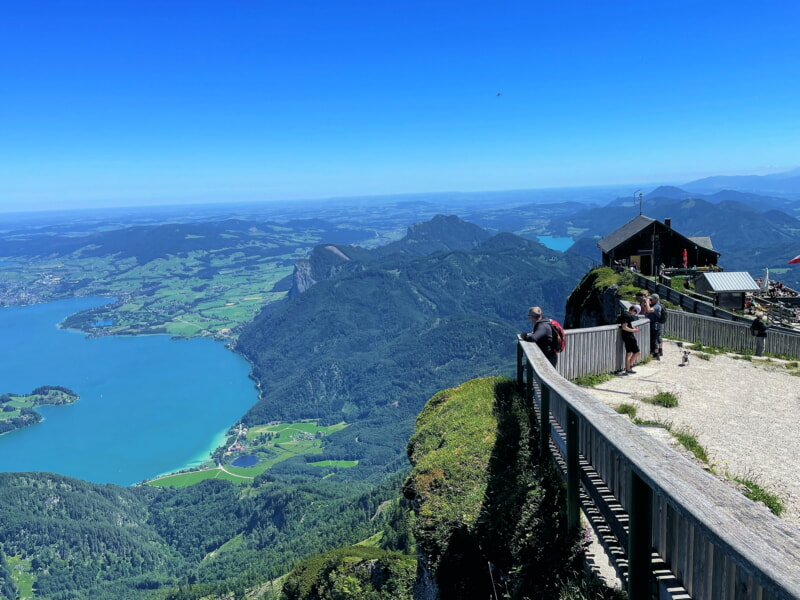
3. Hohenwerfen Castle
Located in the Salzach Valley, 40 km south of Salzburg, Hohenwerfen Castle is perched high above the town of Werfen. It is flanked by the Berchtesgadenskie Alps and the Tennengebirge mountain range, providing a spectacular backdrop to this impressive medieval rock castle.
The castle was built as a defensive bastion, with its soaring height enabling it to be used for military operations. It was later transformed into a residence and hunting retreat.
Today, the castle has a wide range of attractions that appeal to all visitors. There are guided tours, a stylish castle tavern and the Knights' Store. There's also the first Austrian Museum of Falconry, a bird-of-prey theme path, and falconry shows that are very popular with visitors.
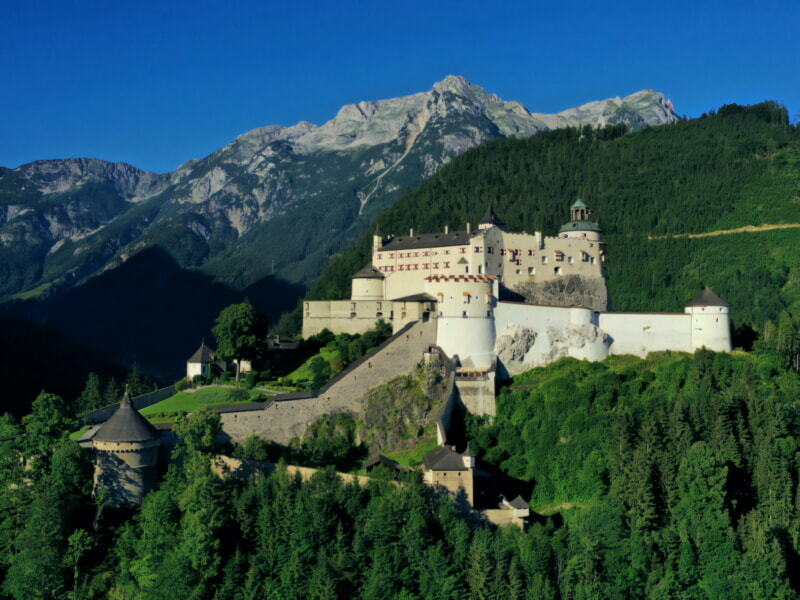
4. Dachstein Ice Caves
The giant Dachstein Ice Caves are a must-see attraction when visiting the Austrian town of Hallstatt. The area is a great destination for hiking, climbing, and caving.
The ice formations in the cave are created by water that seeps from the Dachstein plateau through small cracks. When outside temperatures are above freezing but the caves are still full of extremely cold air, the penetrating water freezes to create dazzling ice shapes.
A guided tour in the ice cave is the best way to explore the natural wonders. Expert guides will fill you in on the complete history of the caves and provide interesting facts about how they were formed. You'll also learn about the stalactites and stalagmites that form within the ice caves over millions of years.
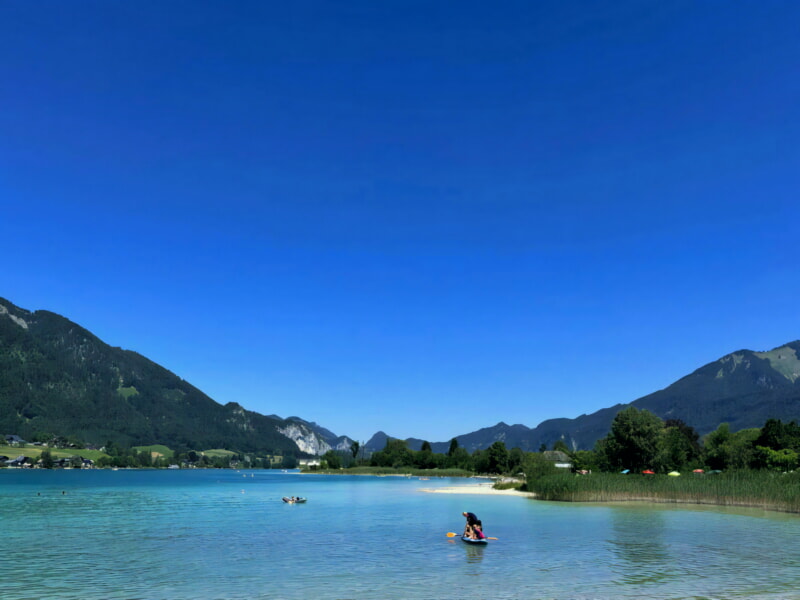
5. Hallstatt
Hallstatt is one of the most photographed towns in Europe and is a popular destination for travelers. It is surrounded by the beautiful Lake Hallstatt and the Dachstein Mountains, both of which are part of the UNESCO World Heritage Site.
The town center has a central square that you can enjoy a cup of coffee in and browse the local shops and cafes. You can also go on a boat tour of the lake or rent a paddleboat to explore the pristine waters.
The village is home to a catacomb and a cemetery as well as a catholic church. There are over 600 painted skulls in the catacomb and if you visit the church, you will have the possibility to see a very unusual ossuary called the Charnel House.

